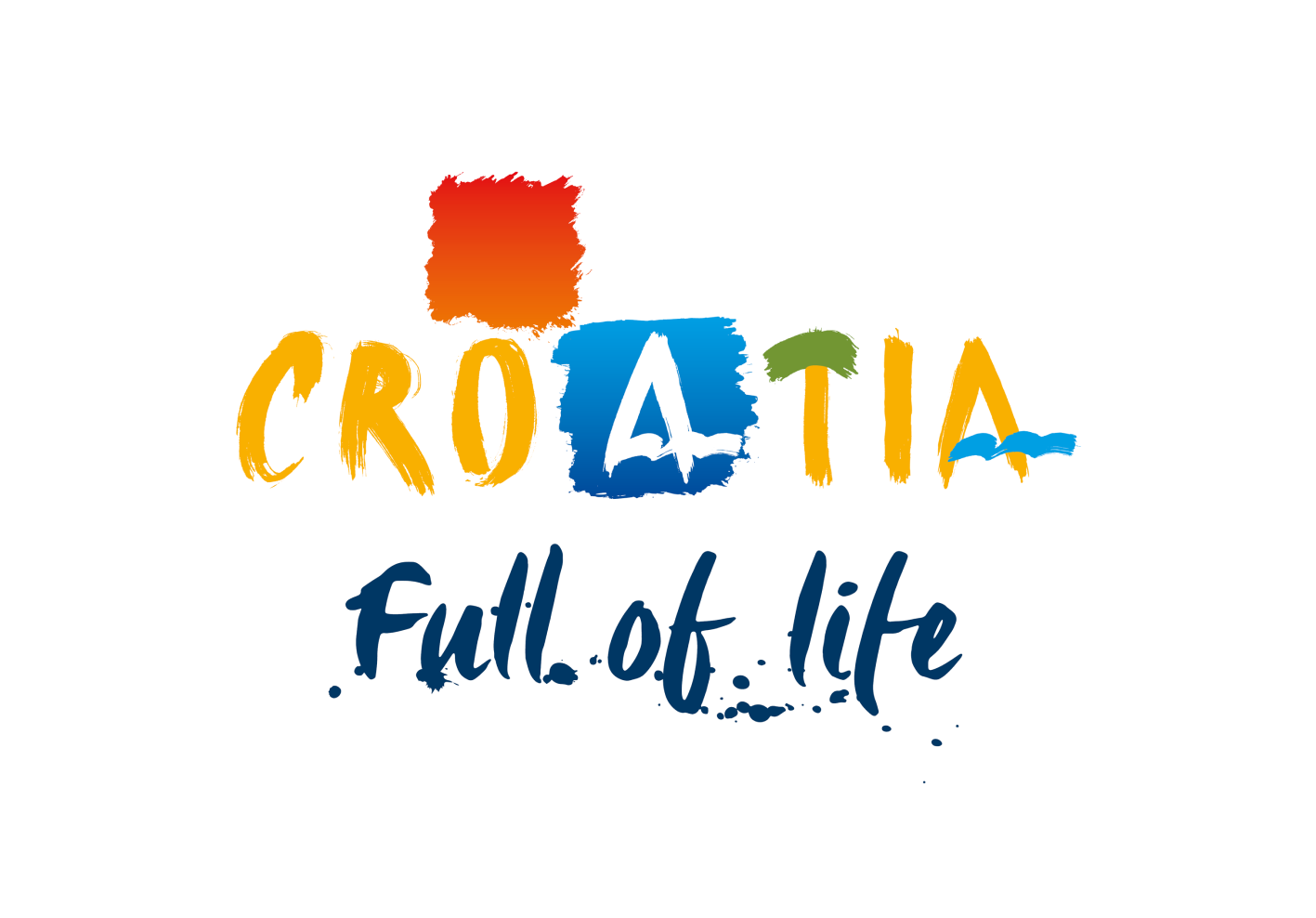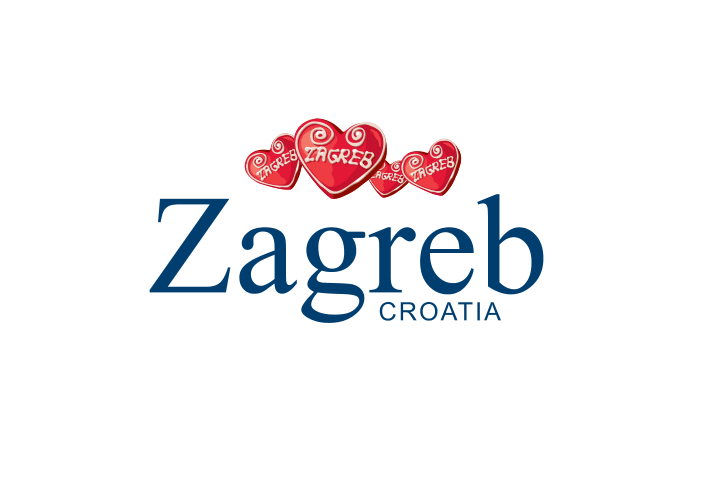JESEN NA JUGU HRVATSKE - 5 dana autobusom
Croatia, South Dalmatia, Orebić
Duration
Transportation
Select your stay
Select the departure date from the calendar
-
How many travelers?
Šibenik
Top 10 reasons to visit Sibenik!
In the center of the Adriatic is located Sibenik that is the oldest native Croatian town on the Adriatic known for its cultural and historical sites and natural beauty. This city-museum is one of the most desirable tourist destinations in Croatia and we bring you 10 reasons why you should visit it.
1. Kornati National Park and Krka National Park
Krka National Park gained its status in 1985. This national park is adorned with the Krka River and its 7 travertine waterfalls, the Cikola River, rich flora and fauna, and cultural monuments – Visovac Monastery and Krka Monastery. The Kornati archipelago is the most indented island group in the Adriatic Sea and in 1980 it was declared a national park due to its interesting natural features. The most famous phenomenon of this park is the cliffs facing the open sea.
2. The Medieval Monastery Mediterranean Garden of St. Lawrence
This garden is the only medieval Mediterranean garden in Croatia and is decorated with boxwoods, roses, a collection of thyme and capers.
3. Four fortresses of Sibenik
The Fortresses of St. Michael, St. John, Vol. Nicholas and Fortress Barone used to be defensive buildings and nowadays are famous tourist attractions. On the stone hill stands the Fortress of St. Michael under whose walls has developed the oldest autochthonous Croatian town. Fortress Barone and St. Johns Fortress were built before the arrival of the Ottoman army during the Kandian War in the mid-17th century. St. Nicholas Fortress, an important Croatian maritime monument, was built in the middle of the 16th century at the entrance to the canal of Sv. Ante.
4. Promenade in the St. Anthony's Channel
Perfect for sightseeing with stunning panoramic views of the city, as well for recreational activities, is the promenade through the St. Anthony's Channel. The promenade connects two places - Panikovac Cove and St. Nicholas.
5. Old City Center
Feel the spirit of medieval Sibenik as you pass through its old city center, enriched with beautiful medieval buildings such as the Cathedral of St. James's, Prince's Palace, Bishop's Palace, Square of the Republic of Croatia, Civic and Small Loggia, Four Wells Square and many others.
6. The Cathedral of St. James - UNESCO World Heritage
One of the most beautiful Croatian buildings, the Cathedral of St. James was built of stone with no binder. During the centuries-old construction, the cathedral has changed 3 styles: Gothic, Gothic-Renaissance and Renaissance.
7. Sokolarski centar Dubrava
Dubrava Falconry Center In Dubrava located near Sibenik is the only falconry center in Croatia where you can see different species of birds of prey, take a course in medieval falconry and enjoy the wildlife.
8. Aquapark
In the family part of Amadria Park Sibenik is the first water theme park in Dalmatia - Aquapark, which covers an area of 8000 m2. Due to numerous sites such as the "lazy river", large barrels and kids zones guests of all ages can enjoy there.
9. Sandy beach at Amadria Park
This sandy beach repeatedly awarded as the most beautiful Adriatic beach is ideal for relaxing and enjoying the sea.
10. Dalmatian Ethno Village
Moreover, you can visit the Dalmatian Ethno Village in the heart of Amadria Park, get to know Dalmatian traditions and amenities and taste the indigenous Dalmatian delicacies of the past. In the village you will have the opportunity to see the centuries-old mills, weaver, oil mill, to taste Sibenik's wines and numerous indigenous Dalmatian specialties.
Korčula
Korčula is a Croatian island in the Adriatic sea near the Dalmatian coast and the Dubrovnik-Neretva County. The island is connected by ferry to Orebić on the Pelješac peninsula, and Ubli on the island Lastovo, and durring the summer with Drvenik near Makarska. Ferries keep the connection with other cities such as Dubrovnik, Split and Rijeka, and with Italy in the summer. Korčula enchants the senses with its timeless beauty and casts an everlasting spell of wonder on those who tread upon its ancient stone. The Moreška sword dance in Korčula town, as well as the sword dances of Kumpanija and Moštra in Čara, Pupnat and Žrnovo are as much rooted in the history and soul of the island, as are the brotherhoods with bind the community
The Korkyra Baroque Festival is an international music festival established in 2012. Now in its fifth year, it will run from 3-17 September 2016. Once again, the Festival will offer a rich baroque experience in impressive culture heritage venues on the island of Korčula. The Festival has not only artistic importance but is also valuable in that it helps to promote Croatian tourism. The Korkyra Baroque Festival’s offers music of an exceptional standard, attracting tourists from all over the world and enriching the cultural offering of Korčula for tourists. The concerts promote Korčula’s churches as cultural heritage, as well as the entire island as a unique architectural complex.
Most famous Korčula`s resident is for sure Marco Polo, who was born in 1254, explored the world on a grand scale and documented his experiences; he also advised an emperor. When Marco Polo was 17 years old, he travelled from Venice to China with his father Nicola and his uncle Mateo.
One of the biggest naval battles in the Middle Ages took place in vicinity of Korčula, just in front of the promontory Ražnjić at the nowadays Lumbarda. While the Venetian had their biggest fleet ever sent to sea comprising 96 galleys and three big ships the Genoese fleet consisted of only 85 galleys.
The only previous Venetian fleet of the same magnitude was the one equipped for Saint League at the battle of Lepanto in 1571. all Venetian vessels were captured or destroyed, including Admiral Dandolo´s big ship. The entire galley of the Polos was destroyed – a big ship with a total of 120 oars. Marko Polo found himself in prison in Genoa, together with thousands of his comrades. In his uncomfortable prison cell, he started to dictate his memoirs of the magnificent travels to China, to Rustichello the writer from Pisa of romantic tales. If the battle in vicinity of Korčula had not taken place, the stormy and exciting biography of Marko Polo might never have been written. The masterpiece of adventurous and travel literature left unknown!






